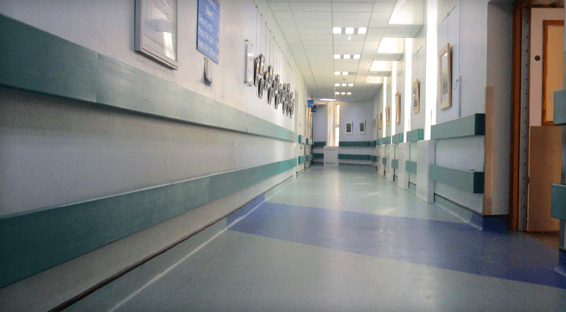New research was presented at Hospital Medicine 2015, the annual meeting of the Society of Hospital Medicine, from March 29 to April 1 in National Harbor, MD. The features below highlight some of the studies emerging from the conference that are relevant to emergency medicine.
ED Waiting Times for Telemetry Patients
The Particulars: Few studies have assessed differences in the time for a bed assignment between telemetry and non-telemetry patients after an ED admission order has been entered.
Data Breakdown: Researchers conducted a study that compared the time between a request for a telemetry bed and when that bed was secured between telemetry and non-telemetry patients at a hospital with 84% telemetry capability. Telemetry patients waited an average of 42 minutes, whereas non-telemetry patients had an average wait time of 50 minutes, representing a statistically significant difference.
Take Home Pearl: Patients assigned to telemetry do not appear to spend much more time in the ED waiting for a bed when compared with patients assigned to non-telemetry.
Syncope in EDs
The Particulars: Studies have shown that evidence-based medicine is not always utilized during syncope evaluation, causing unnecessary testing and increased costs. A multi-faceted intervention may help improve the quality and safety of syncope care.
Data Breakdown: For a study, a multidisciplinary group developed a syncope evaluation algorithm based on an evidence review that included a risk stratification tool. The algorithm was posted in the ED and on an intranet and accompanied by an ED syncope order set and note template, ED nursing education on orthostatic vital signs, and education of physicians. When comparing pre- and post-intervention data, significant improvements were observed in obtaining orthostatic vital sign and documenting historical data for risk stratification. Hospital admissions significantly decreased for low-risk patients.
Take Home Pearl: Implementation of a syncope algorithm, along with education and an intranet-based intervention, appears to improve various aspects of care for syncope patients in the ED.
Antibiotic Prescribing for Pediatric Respiratory Illness
The Particulars: Previous research indicates that antibiotics are commonly prescribed for respiratory illness in hospitalized children. However, ED physicians and hospitalists may have different approaches to managing these patients that may result in unnecessary variation of antibiotic use.
Data Breakdown: The charts of children with respiratory illness were reviewed for a study in order to measure the frequency with which antibiotic decisions differed between ED physicians and hospitalists at the time of admission. Approximately 25% of children were prescribed antibiotics in the ED. Among these patients, the admitting hospitalist team changed the antibiotic therapy choices in 93% of cases. These changes included narrowing antibiotic coverage in 20% and stopping antibiotics completely in 62%. Of patients not prescribed antibiotics in the ED, only 2% were started on these drugs by the admitting hospitalist team.
Take Home Pearl: Hospitalists appear to frequently stop or narrow antibiotics that are started for pediatric respiratory illness by ED physicians.


